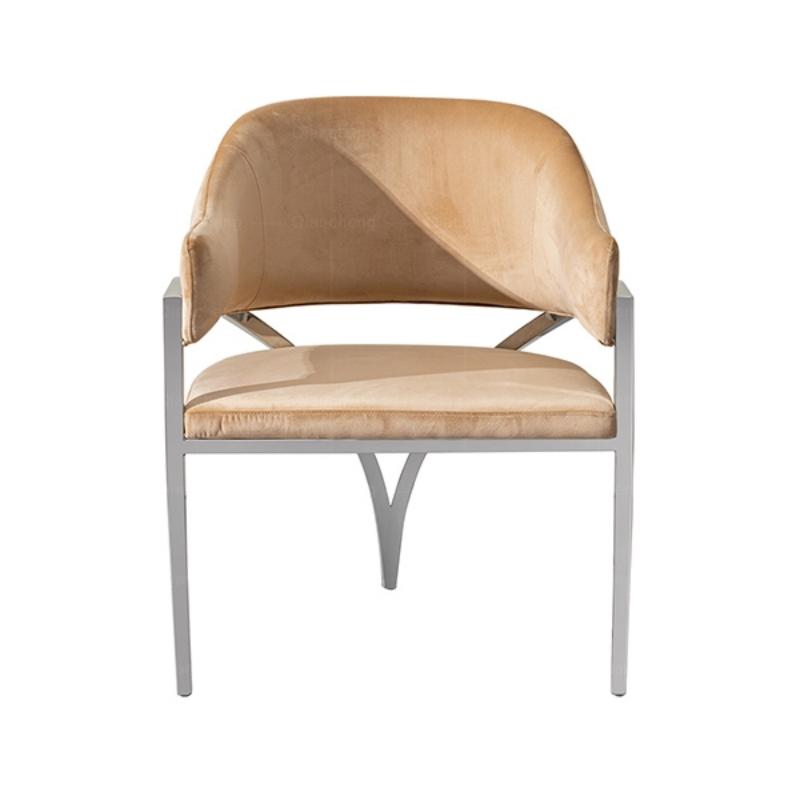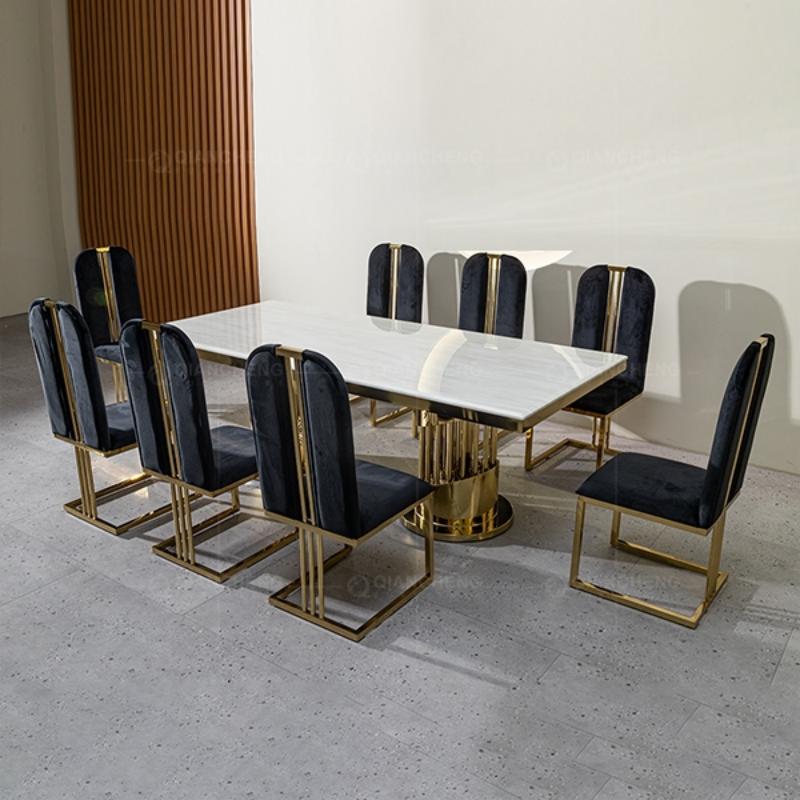Navigate the complexities of importing furniture from China with a brief overview. This introduction underscores the pivotal importance of precise reservation, packing, and shipping, setting the stage for a streamlined and successful process.
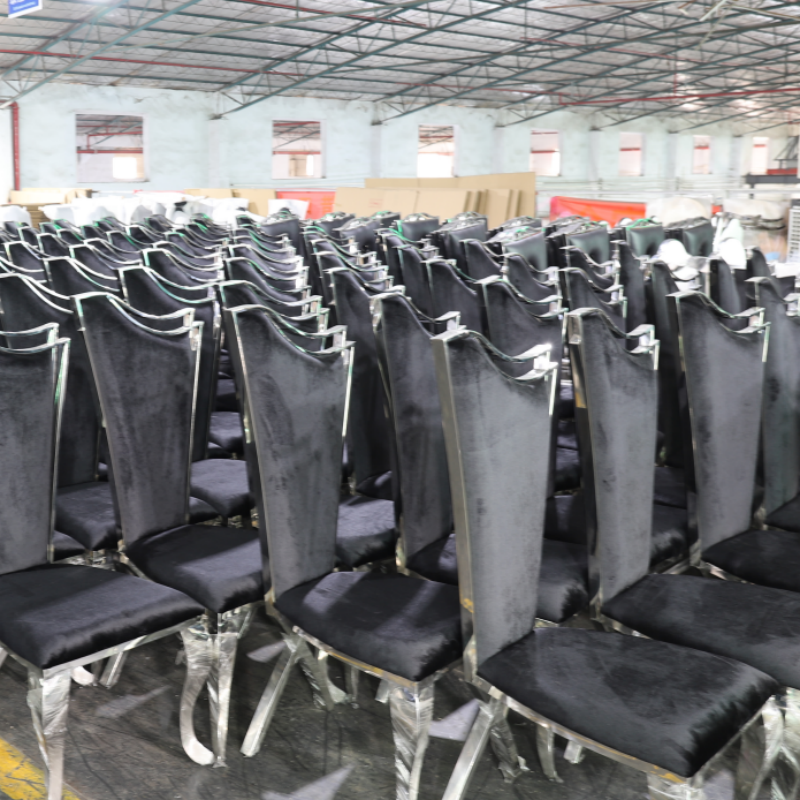
Reserving Imported Furniture in China
Reservation Procedures
Initiating a successful import journey begins with a thorough grasp of reservation procedures. Navigate online platforms or connect directly with suppliers to explore available options. Pay attention to lead times, customization possibilities, and any specific requirements for reserving your desired furniture. Understanding the reservation process sets the foundation for a smooth transaction.
Communication with the Seller
Effective communication is pivotal when reserving imported furniture. Establish a clear channel of communication with the seller to discuss details such as customization preferences, delivery timelines, and any special considerations. Seek comprehensive information on the product, including materials, dimensions, and available finishes. Timely and transparent communication fosters a collaborative relationship, ensuring your expectations align with the seller’s capabilities.
Payment and Confirmation
Once the reservation details are settled, proceed with the payment and confirmation process. Clarify the accepted payment methods and ensure secure transaction channels. Obtain a written confirmation of your reservation, specifying key details like the chosen furniture, agreed-upon customization, and the expected delivery date. This documentation serves as a crucial reference point throughout the subsequent stages of the import process.
Packing Strategies for Imported Furniture
Assessing the Type and Size of Furniture
Tailoring packing strategies to the specific type and size of furniture is paramount. Evaluate whether the items are delicate, bulky, or require special handling. Understanding the dimensions and weight of each piece aids in selecting appropriate packing materials and determining the most efficient shipping methods. This assessment forms the basis for creating a customized packing plan that ensures the safety and integrity of your imported furniture during transit.
Selecting Appropriate Packing Materials
Choose packing materials with the utmost care to safeguard your furniture. Bubble wrap, foam padding, and sturdy cardboard are essential for protecting delicate surfaces and edges. For larger items, consider wooden crates or reinforced cardboard boxes. Tailor the packing materials to the unique characteristics of each piece, addressing factors like fragility, weight, and susceptibility to scratches or dents. A meticulous selection of packing materials is a proactive measure against potential damages during transportation.
Techniques for Disassembly and Protection
Explore techniques for disassembling furniture without compromising its structural integrity. Carefully document the disassembly process, labeling components for easy reassembly upon arrival. Use protective coverings to shield surfaces from scratches, and secure loose parts to prevent damage during transit. Employing these techniques not only facilitates safer packing but also contributes to a more efficient and organized unpacking process at the destination.
Mastering the art of reserving and packing imported furniture in China involves a blend of clear communication, strategic planning, and attention to detail. By understanding reservation procedures, engaging in effective communication with sellers, and implementing thoughtful packing strategies, you lay the groundwork for a successful importation process and ensure the safe arrival of your cherished furniture.
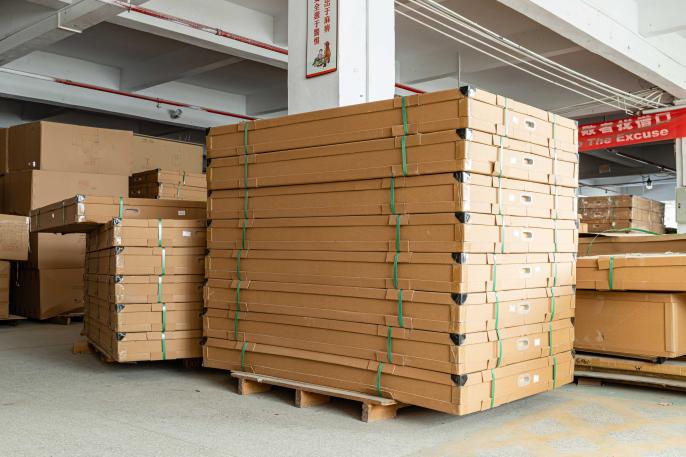
Shipping Procedures
Choosing the Right Shipping Method
Selecting the appropriate shipping method is a pivotal decision in the import process. Assess factors such as the size and weight of your furniture, delivery timelines, and budget constraints. Options include sea freight, air freight, or a combination of both (multimodal shipping). Sea freight is cost-effective for larger shipments, while air freight is quicker but may incur higher costs. Carefully weigh these considerations to choose a shipping method that aligns with your priorities and ensures the timely and secure transport of your imported furniture.
Working with Shipping Companies
Collaborate with reputable shipping companies to facilitate a smooth transportation process. Research and choose carriers with a track record of reliability, especially in handling delicate or high-value items. Confirm shipping schedules, routes, and any additional services offered, such as tracking options. Establish clear communication channels with the shipping company to stay informed about the status of your shipment throughout its journey. A strong partnership with a reliable shipping company is instrumental in the overall success of the shipping procedures.
Shipping Regulations and Documentation
Navigate the intricacies of shipping regulations by gaining a comprehensive understanding of documentation requirements. Familiarize yourself with bills of lading, packing lists, commercial invoices, and other essential paperwork. Ensure that all documents comply with international shipping standards and regulations. Clear communication with the shipping company regarding documentation is crucial to prevent delays and facilitate the smooth transition of your furniture through customs at both ends of the shipping journey.
Customs and Import Regulations
Overview of Customs Procedures
Prepare for the customs clearance process by gaining insight into the customs procedures of both the exporting and importing countries. Familiarize yourself with the specific regulations governing furniture imports, including any restrictions or prohibitions. Understanding the customs landscape ensures compliance and minimizes the risk of disruptions during the clearance process.
Necessary Documentation for Smooth Clearance
Compile a comprehensive set of documentation to facilitate smooth customs clearance. This typically includes the commercial invoice, bill of lading, packing list, and any certificates or permits required for specific types of furniture. Provide accurate and detailed information on the contents and value of your shipment to expedite the clearance process. Thorough preparation of documentation is key to avoiding delays and ensuring a seamless transition through customs.
Import Duties and Taxes
Anticipate and plan for import duties and taxes applicable to your furniture. Research the duty rates and taxes imposed by the destination country and budget accordingly. Understanding the financial implications of import duties and taxes enables you to factor these costs into your overall importation budget and prevents any unexpected financial burdens upon arrival.
CONCLUSION
In conclusion, navigating the intricacies of reserving, packing, and shipping imported furniture from China demands careful planning and attention to detail. From understanding reservation procedures to selecting the right shipping method, this guide equips you with essential insights for a seamless process. By embracing these steps, you embark on a journey that ensures the safe arrival of your cherished pieces, turning the complexities of international furniture importation into a well-managed and successful endeavor.












.jpg)

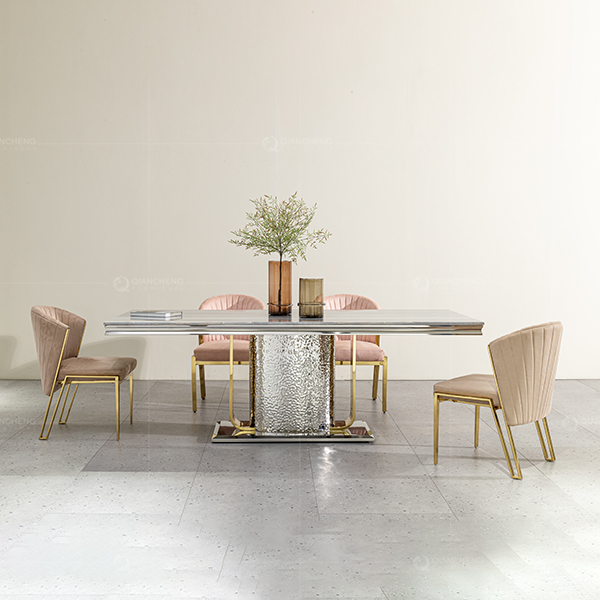
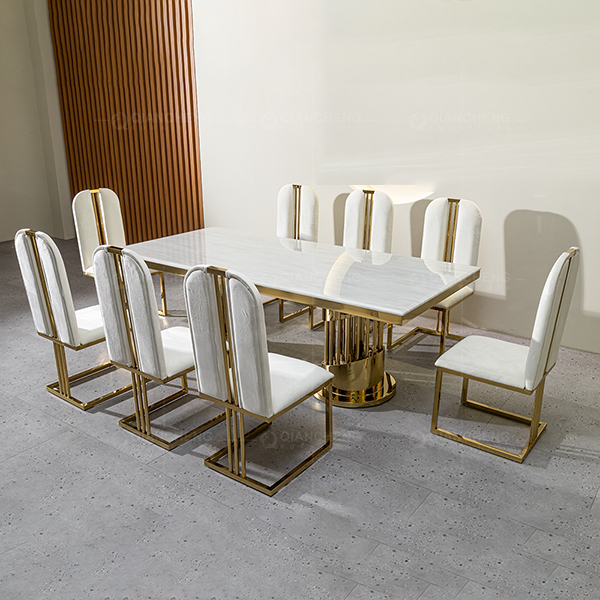
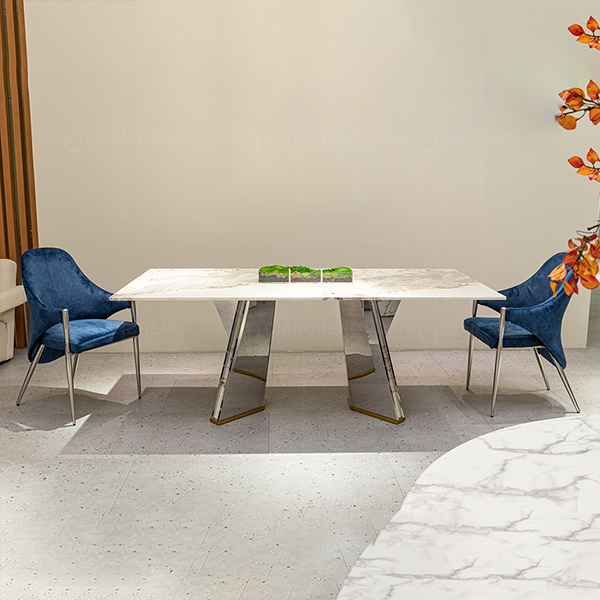



 Qiancheng
Qiancheng 